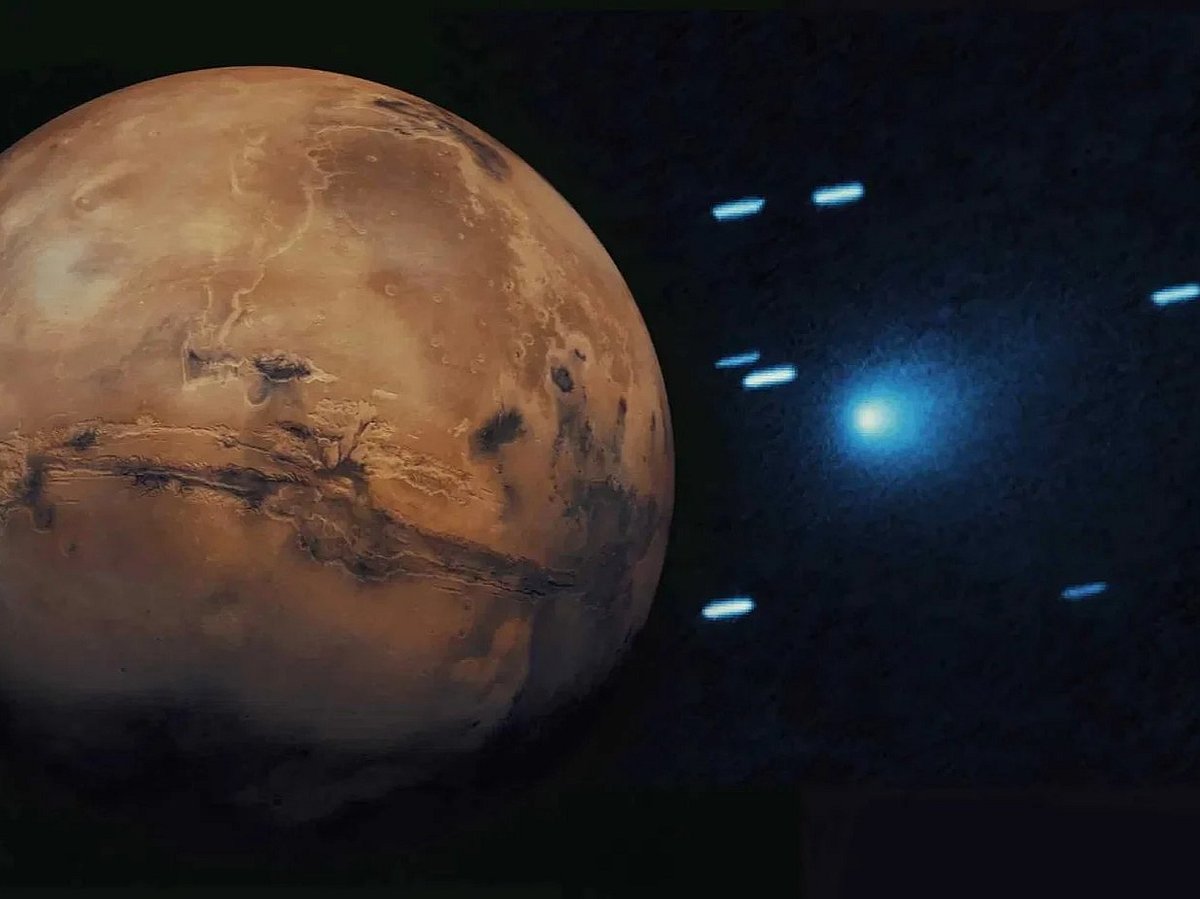UN launches planetary defence exercise using interstellar comet 3I/ATLAS
Global network tracks 3I/ATLAS in a live test of Earth’s readiness for cosmic hazards

The interstellar comet 3I/ATLAS — the third known object ever confirmed to come from outside our solar system — has been formally designated the subject of a global planetary-defence exercise by the International Asteroid Warning Network (IAWN), operating under the auspices of the United Nations Office for Outer Space Affairs (UNOOSA).
The new campaign, which began on November 27, 2025 and runs through January 27, 2026, is not a response to any known threat — 3I/ATLAS poses no danger to Earth. Instead, it is a coordinated observational exercise aimed at testing the world’s readiness to detect, track and analyse near-Earth and interstellar objects, using 3I/ATLAS as a 'live test case.'
Why 3I/ATLAS is being used as a test
Discovered on 1 July 2025 by the ATLAS telescope in Chile, 3I/ATLAS was confirmed as an interstellar object later that month. Its hyperbolic orbit — unique among known cometary or asteroid bodies — confirms that it originates outside the solar system.
Since its discovery, global space agencies and observatories have mounted an unprecedented observational campaign. Over a dozen NASA spacecraft and telescopes — including orbiters at Mars and instruments at Earth — have captured imagery and data as the comet passed through the inner solar system.
In late 2025, even the European Space Agency (ESA) used data from Mars orbiters to refine the comet’s predicted path significantly, improving trajectory estimates by a factor of ten.
Scientists argue that because 3I/ATLAS is interstellar, its composition and behavior may differ from comets formed in our solar system — offering a unique window into other star systems. Studying its activity could help calibrate detection methods for future interstellar visitors, potentially enhancing Earth’s early-warning capabilities for hazardous objects.
Global coordination
This is the eighth global observing exercise by IAWN since its inception in 2017; such drills are held roughly once a year to test and improve the planetary-defence network’s readiness. 3I/ATLAS was chosen because its interstellar origin and observable trajectory present an ideal, realistic test case.
AGENCY statements clarify that the drill is about refining the detection, tracking and characterization processes — rather than reacting to a specific threat.
Astronomers hope the data collected will improve models of how comets — especially those from outside the solar system — behave. This could improve predictions for future interstellar objects or Near-Earth Objects (NEOs) that may pose a risk.
What scientists have observed so far
Observations made by ESA, NASA and other global observatories have already offered detailed insight into 3I/ATLAS’s trajectory, composition and behaviour.
ESA’s use of Mars-orbiting spacecraft data has refined orbital predictions.
Spacecraft across the solar system — including some orbiting Mars — captured imagery of 3I/ATLAS as it passed within 30 million kms of the Red Planet.
Background observations and spectroscopy suggest the comet may contain volatile ices and dust typical of cometary bodies, allowing scientists to compare its makeup against those formed around the Sun.
As the comet continues its journey outward, findings from this campaign are expected to inform future efforts to monitor, catalogue and respond to interstellar and near-Earth objects.
The consensus among official space agencies is that 3I/ATLAS poses no threat — but as a rare interstellar visitor, it provides a real-world opportunity to strengthen global cosmic-hazard readiness.
Network Links
GN StoreDownload our app
© Al Nisr Publishing LLC 2025. All rights reserved.